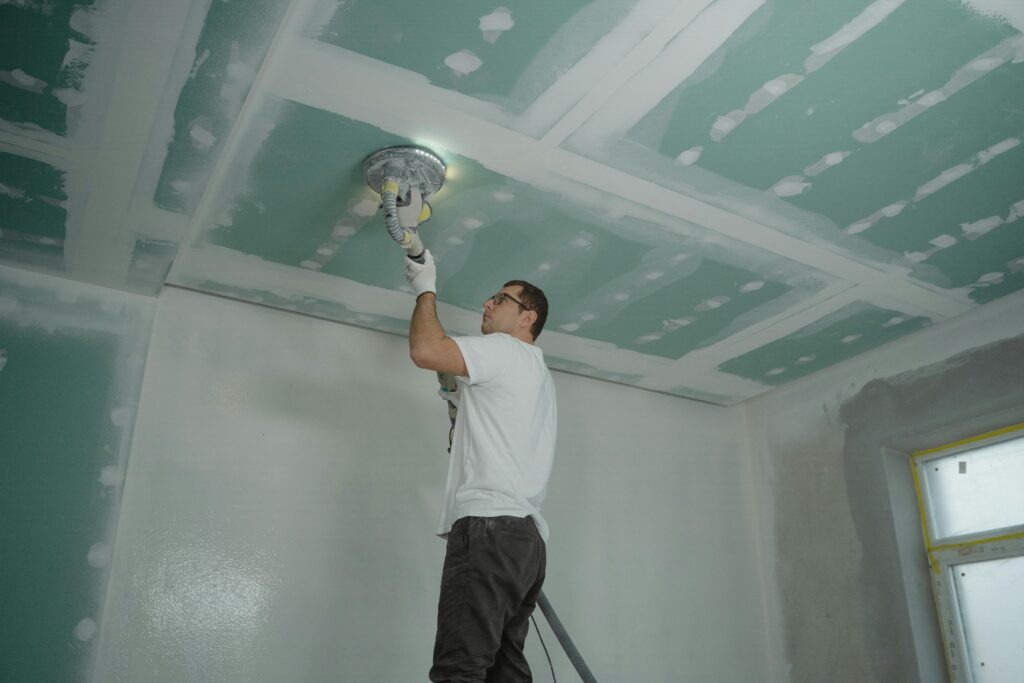Upgrading your home doesn’t have to be a lavish expense—it can be a strategic, well-paced investment in comfort, style, and long-term value. With thoughtful planning and disciplined budgeting, you can transform your living space without jeopardizing your financial health. Whether you’re refreshing a single room or tackling a whole-house renovation, smart decisions and clear priorities will ensure that your improvements are both beautiful and enduring.
Prioritize and Assess Your Needs
Start by listing potential projects and evaluating their impact on daily life. Ask yourself:
- Which upgrades will improve functionality and flow?
- Will a redesigned kitchen inspire more home-cooked meals?
- Could a bathroom remodel enhance relaxation and convenience?
Rank each idea by urgency, cost, and return on comfort. Focusing first on high-impact improvements prevents you from overspending on cosmetic details before addressing essential repairs or inefficiencies.
Design with Sustainability in Mind
Sustainable materials and energy-efficient fixtures not only reduce your environmental footprint but also lower utility bills over time. Consider:
- High-efficiency windows and enhanced insulation to cut heating and cooling costs
- Low-flow faucets and showerheads to conserve water without sacrificing performance
- Reclaimed wood, recycled metal, or eco-certified finishes for cabinets, flooring, and countertops
Although green products sometimes carry a premium, their long-term savings and positive environmental impact make them smart choices for any budget.
Develop a Realistic Budget
A clear, comprehensive budget is your roadmap for renovation. Begin by reviewing your monthly income and fixed expenses to determine what you can comfortably allocate. Then, itemize:
- Materials and finishes
- Labor and contractor fees
- Permits and inspection costs
- A 10–20% contingency reserve for unexpected expenses
If you plan to finance the project, factor loan repayments or line-of-credit rates into your monthly budget. Being honest about costs—especially DIY learning curves—helps you avoid unpleasant surprises.
Collaborate with the Right Professionals
Hiring qualified experts can save time and prevent costly mistakes. Depending on your project scope, you may need:
- An architect or designer for structural changes and optimized layouts
- Licensed electricians and plumbers for code-compliant installations
- A general contractor to coordinate schedules, permits, and subcontractors
In regions with unique regulations, such as coastal areas, home remodeling in San Diego often requires familiarity with salt-air corrosion factors and seismic building codes, so a local professional’s insights can be invaluable. Always verify credentials, review portfolios, and request references before signing contracts. Clear communication and detailed written agreements set expectations and protect both parties.
Maximize Long-Term Value
When evaluating upgrades, consider their impact on home resale and daily enjoyment. High-value improvements often include:
- Modern, energy-efficient kitchens with durable surfaces
- Spa-style bathrooms featuring quality fixtures
- Fresh exterior paint, updated entry doors, and professional landscaping for curb appeal
However, don’t overlook small enhancements that pay off emotionally: installing dimmer switches, updating light fixtures, or refinishing hardwood floors. By balancing big-ticket investments with cost-effective touches, you create a home that delivers lasting satisfaction and strong market appeal.
Conclusion
A brilliant home upgrade combines practical foresight with creative ambition. By clarifying your priorities, embracing sustainability, establishing a thorough budget, and partnering with skilled professionals, you can achieve transformative results without financial strain. Thoughtful renovations enhance your daily life and strengthen your investment—ensuring that your home reflects both your vision and your values for years to come.






